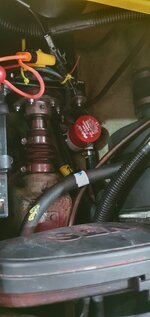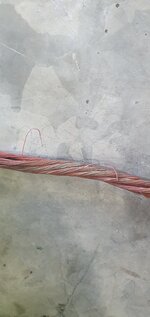moayad.jaffar
New Member
Hi guys.
I have XP Limited 99.
The OEM bilge pump works outside the jetski directly connected to a 12v battery.
But does not work inside the Hull connected to the original wirings.
The Bilge receives 12v and very little of Amps once turn on the key for 30 seconds then the 12v disappear (that is how it is designed)
The issue is the Bilge pump does not sense the water load and send a signal to the ECU so the ECU will trigger the Bilge with 12v and 3 amps of current.
I checked the wiring and the 3 amps fuse seems OK.
There is anything I can do to fix the Bilge or I need to replace it?
Or connected the Bilge directly to the 12v with a (floater + Relay + fuse) so we know it works every time the floater closes the circuit by sensing the water level?
I have XP Limited 99.
The OEM bilge pump works outside the jetski directly connected to a 12v battery.
But does not work inside the Hull connected to the original wirings.
The Bilge receives 12v and very little of Amps once turn on the key for 30 seconds then the 12v disappear (that is how it is designed)
The issue is the Bilge pump does not sense the water load and send a signal to the ECU so the ECU will trigger the Bilge with 12v and 3 amps of current.
I checked the wiring and the 3 amps fuse seems OK.
There is anything I can do to fix the Bilge or I need to replace it?
Or connected the Bilge directly to the 12v with a (floater + Relay + fuse) so we know it works every time the floater closes the circuit by sensing the water level?





